
Plot Driven Story Telling
Recently I began working on a new screenplay project I pitched to a management team. For almost a year…
August 5, 2022
Recently I began working on a new screenplay project I pitched to a management team. For almost a year…
August 5, 2022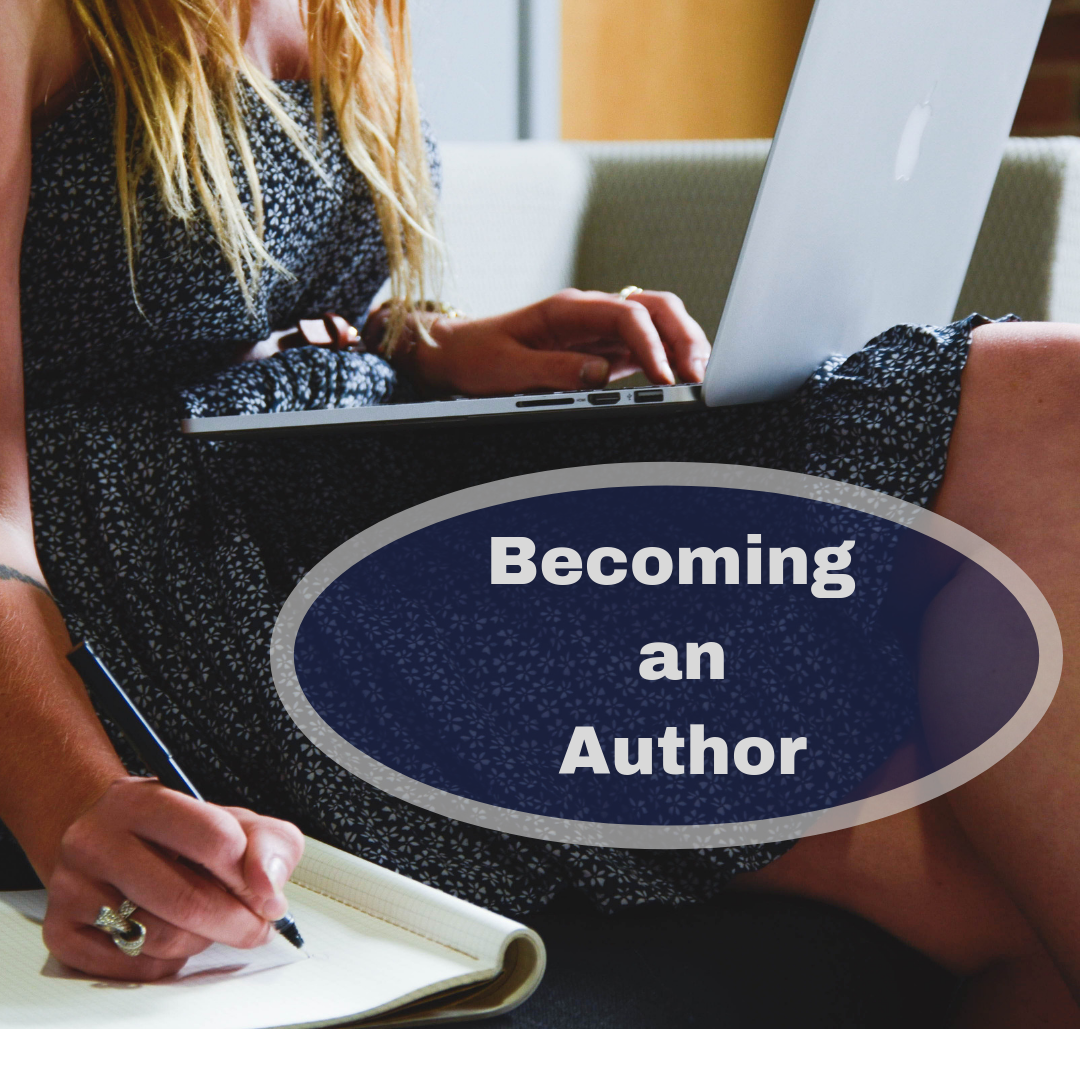
As I mentioned in the previous post, there is much we can learn on the writing craft by studying…
July 9, 2020
Recently, I finished the first draft of my latest screenplay. The crazy part is I didn’t think I had…
July 4, 2020
A few months ago, I was asked by an agency to do a rewrite of an older screenplay I…
November 4, 2018
Okay. Most of you (myself included) admit it’s challenging and exciting to plan the next book. It must be…
April 22, 2018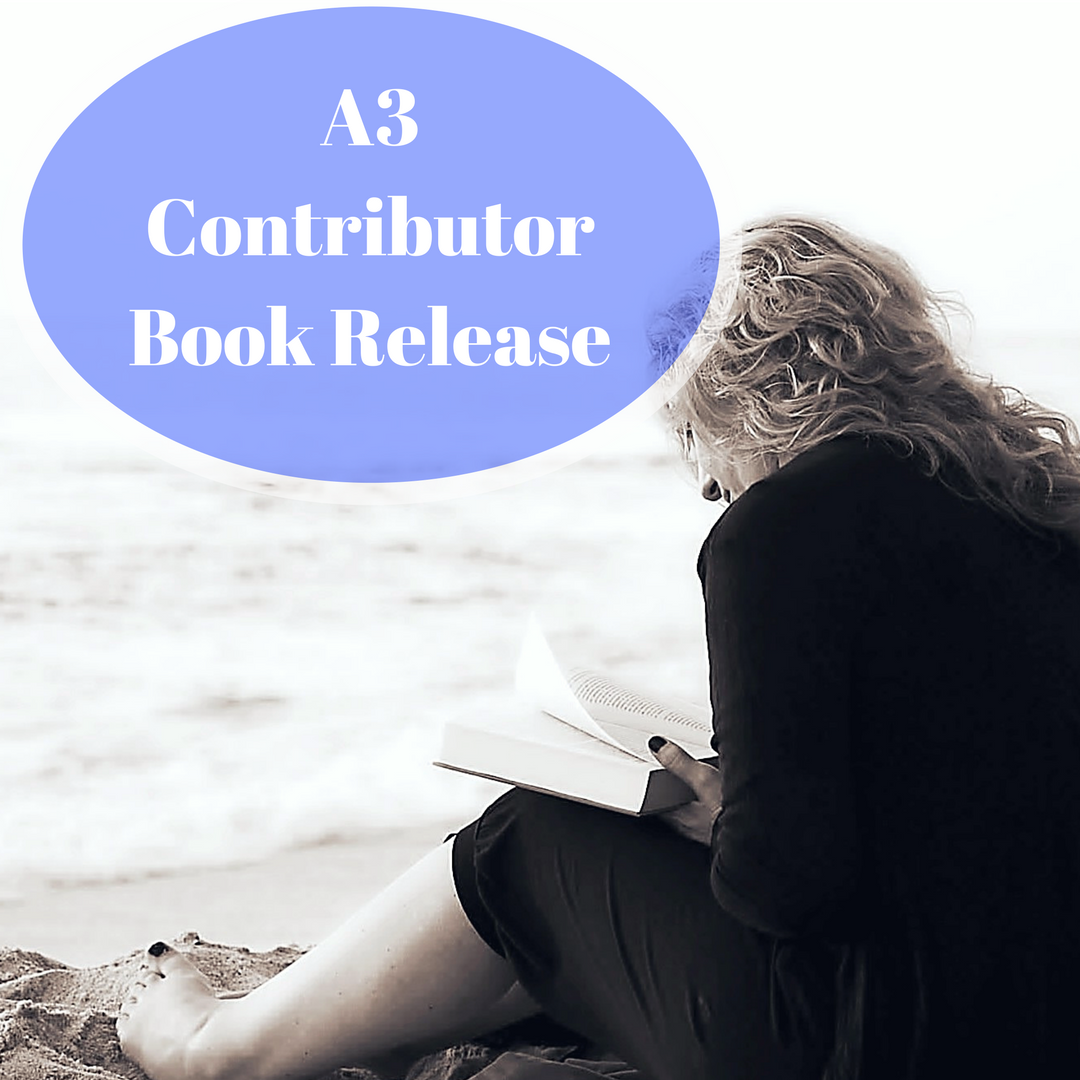
Story ideas can be like fireworks. They soar and explode in beautiful colors…then their dance fizzles to the ground…
February 4, 2018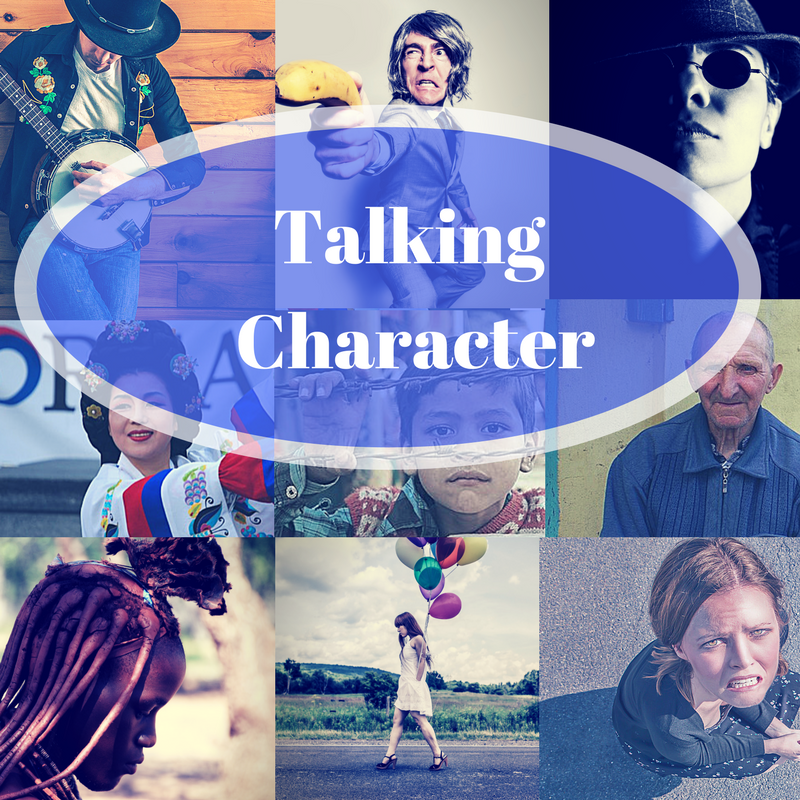
Plot and character. Two halves of any great story. Both are critical, whether you are telling a character-driven literary…
January 20, 2018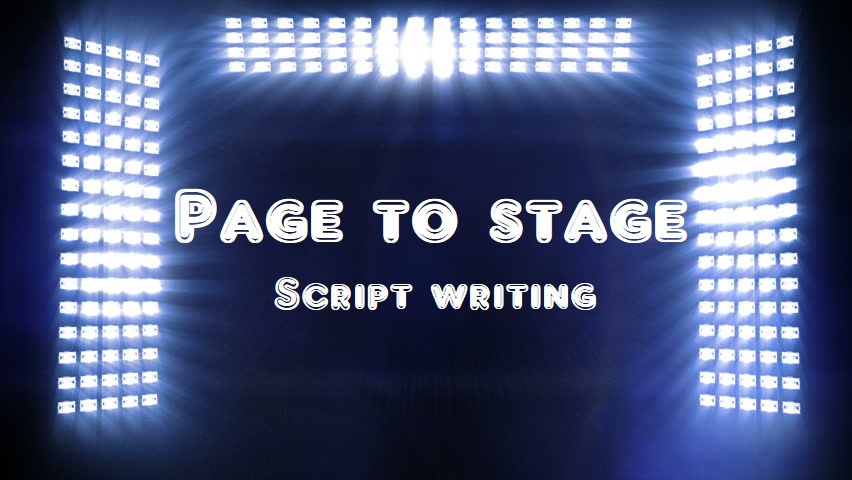
From Script to Stage/Screen Part 4 We have explored four of the major responsibilities placed upon any director in…
October 29, 2017
What is your main character’s goal? The thing that drives her through the story, no matter how many obstacles…
February 19, 2017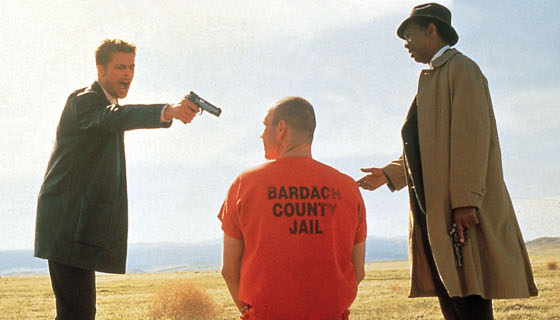
Every story begins at your Initial Stimulus – that spark of an idea that captured your imagination. The thing…
January 8, 2017
by Laura L. Zimmerman I went for a swim at 6:30 this morning. Okay, not really, but in my…
August 6, 2016